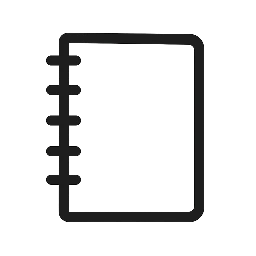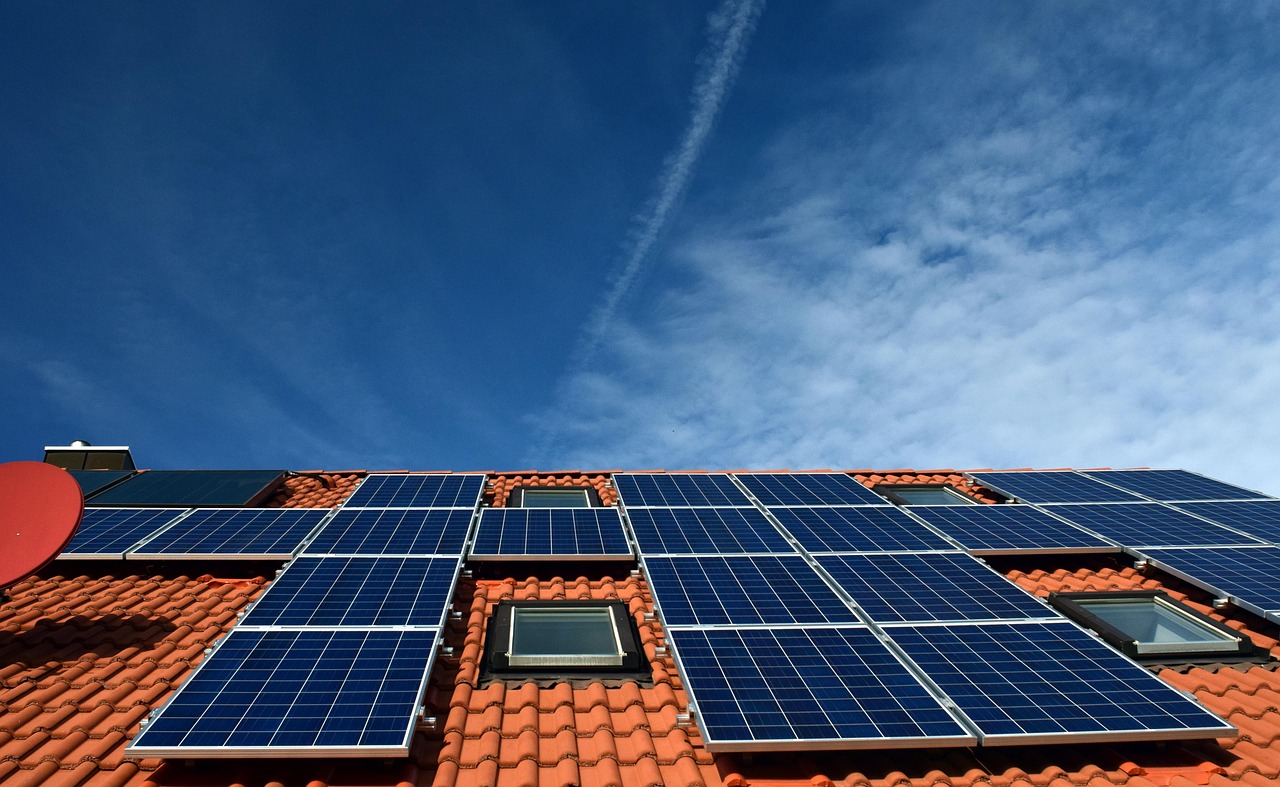Solar panel cladding refers to the use of solar panels as an exterior covering material for buildings. It combines energy generation with protective and aesthetic functions, turning building facades into power sources without compromising design. This technology integrates photovoltaic cells into cladding systems, allowing structures to harness solar energy efficiently.
This approach offers a practical solution for urban environments where roof space is limited. By replacing traditional cladding materials with solar panels, buildings can produce electricity while maintaining weather resistance and durability. The result is a multifunctional surface that supports sustainability goals in construction and design.
Overview of Solar Panel Cladding
Solar panel cladding combines photovoltaic technology with building materials to create energy-generating surfaces. It varies by type and method of integration, impacting efficiency, aesthetics, and installation complexity.
Definition and Core Concepts
Solar panel cladding refers to photovoltaic panels used as exterior building surfaces instead of traditional materials like glass or metals. It serves dual functions: structural protection and electricity generation.
The cladding replaces or overlays parts of a building’s envelope, converting sunlight into electrical power. This technology enhances energy efficiency by utilizing normally idle surface areas.
Its core components include photovoltaic cells, encapsulation layers, and mounting structures. Effective cladding must balance durability, weather resistance, and energy output.
Types of Solar Panel Cladding
Three primary types exist: Building-Integrated Photovoltaics (BIPV), Solar Shingles, and Thin-Film Solar Cladding.
- BIPV panels integrate with walls or roofs, appearing like standard cladding but generating power.
- Solar shingles replace traditional roof tiles and offer a seamless look.
- Thin-film cladding uses lightweight, flexible solar cells, adaptable to curved surfaces but often less efficient.
Material choice affects cost, weight, and energy yield. For example, crystalline silicon panels have higher efficiency but add weight; thin films are lighter but less efficient.
Integration with Building Envelopes
Solar panel cladding replaces conventional exterior materials, becoming part of the building envelope. This requires careful design to ensure weatherproofing, insulation, and structural integrity.
Proper integration involves aligning photovoltaic modules with architectural elements like windows and walls. Electrical connections and maintenance access must be planned during installation.
Thermal performance is also a consideration; some cladding can help regulate building temperatures while producing energy, reducing HVAC loads. Installation standards vary by region and building codes.
Benefits and Design Considerations
Solar panel cladding improves building efficiency, visual appeal, and structural integrity. It requires thorough planning to balance energy performance, aesthetic goals, and engineering standards.
Energy Efficiency Advantages
Solar panel cladding converts sunlight into electricity, reducing reliance on external power sources. It optimizes the building’s energy consumption and lowers utility costs.
Its placement on façades or roofs allows for more surface area to generate power compared to traditional rooftop-only systems. Cladding materials can also provide thermal insulation, decreasing heating and cooling demands.
Energy output depends on panel orientation, shading, and local climate. Proper integration with building management systems maximizes efficiency by monitoring and adjusting energy flows in real time.
Aesthetic Design Options
Solar cladding comes in various colors, textures, and finishes, enabling seamless integration with different architectural styles. It supports creative façades beyond standard blue or black panels.
Manufacturers offer custom shapes or patterned layouts, allowing designers to create unique visuals without sacrificing performance. Transparent or semi-transparent panels can be used on windows or glass walls for daylighting.
This flexibility helps maintain or enhance the building’s exterior appearance. It also aids compliance with local design codes and urban planning regulations where visual impact is assessed.
Structural and Engineering Requirements
Integrating solar panel cladding involves assessing load-bearing capacity and wind resistance of the supporting structure. Panels and mounting systems must align with safety standards and building codes.
Proper waterproofing and thermal expansion allowances prevent damage from weather changes. Electrical wiring and inverters require secure housing and ventilation to avoid hazards.
Coordination among architects, engineers, and installers is essential for addressing spatial constraints and maintenance access. Regular inspections ensure the system remains structurally sound and efficient over time.


Leave a Reply